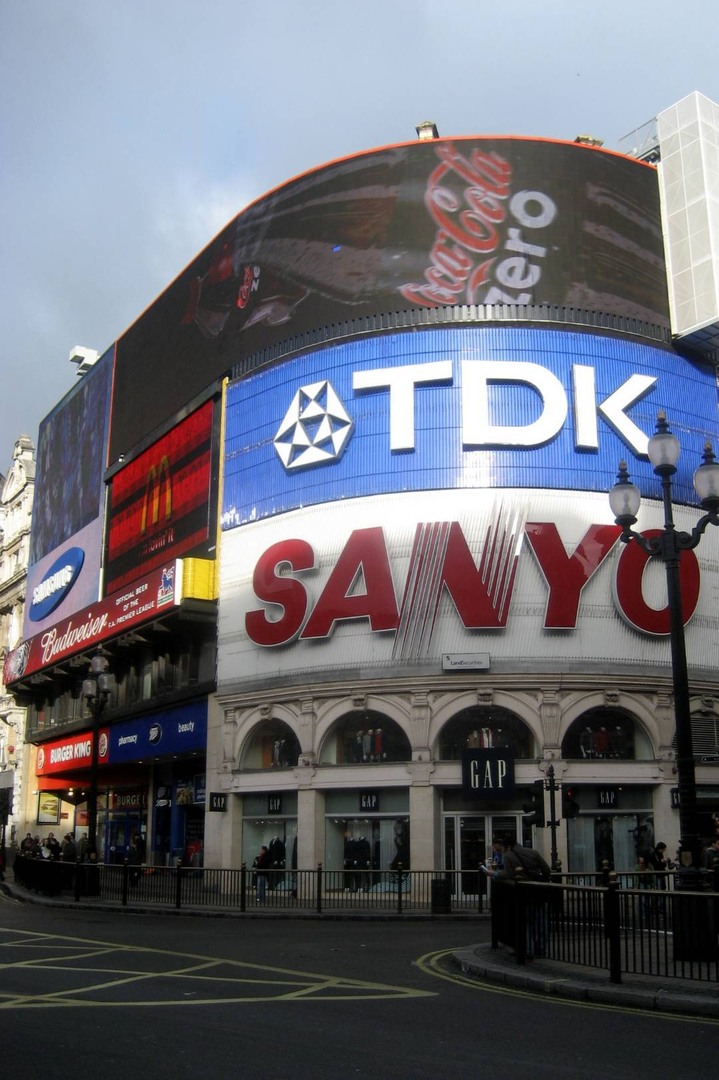 I meet a lot of marketers, responsible for a huge range of brands across some pretty diverse markets and after 20 years I’m beginning to worry.
I meet a lot of marketers, responsible for a huge range of brands across some pretty diverse markets and after 20 years I’m beginning to worry.
As a practitioner in and observer of the consumer goods industry, I believe that despite recent improvements in performance, the industry continues to face some significant challenges: Input costs continue to escalate ahead of realized price points; the costs of effective media impressions continues to rise whilst trade consolidation pushes money into stores and quite frankly CPG is no longer the place to be if you are a ‘bright young thing’.
You’d think, in this environment, that it would be the expertise in consumer marketing that leading companies have that would drive the industry towards new growth horizons. And yet Deloitte’s analysis of the top 250 companies over the last few years shows a CAGR of just 3.7%. What’s going wrong? How come marketers can no longer deliver step change?
I think that the major reason is that as consumer marketing as a global discipline, born in the late 40’s and 50’s, enters its ‘third age’ it’s getting ‘flaky’.
Let me explain:
Despite what people would love to feel about marketing being an art, there is a hard commercial rationale at marketing’s root: marketers’ primary purpose is to grow sales profitably. This requires them to apply all of the tools available to them to grow consumption. At the risk of precipitating a barrage of disapproval; there are only three ways to do this: get more consumers to consumer more often and in great volume or at greater value (penetration, frequency and weight of consumption).
These are the only three ways to drive consumption and yet in the last six years I have not seen a single brand strategy that makes a clear statement about objectives in any of these areas. What I have seen are statements about the need to create awareness, innovation and to extend distribution. All are fine generic marketing strategies but the issue I have is their generisism: Surely they could be applied anywhere, to solve any problem? So without a clear statement of consumption goals to provide direction, these ‘strategies’ risk becoming feckless and wasteful.
Let’s take ‘awareness’ for instance. I saw data at a conference this week that demonstrated that there is little correlation between awareness and purchase and indeed that brands with low awareness can perform better in stores than those with almost universal awareness when the right mix is applied. Yet time and again we see consumer marketers justifying advertising only on the basis of creating awareness or impressions. Really, does anyone really not know Coke, Samsung, or Macdonalds?
What would be smarter would be to focus awareness driving actives on those who really don’t know the brand or its benefits Let’s take New Balance who in China were thought of as a local brand until the company began to create awareness of NB’s history (started on Boston in 1906 by the way) they are now out-growing the two leaders on the track.
Let’s look at innovation – the consumer goods industry has a fetish for novelty. Data suggests that in the US up to 10,000 new lines are launched every year yet only 5% of these ever go on to capture a sustainable share of the category. This novelty for the sake of novelty is counter-productive. It creates higher costs and injects unnecessary competition for often well-met consumption needs. Innovation should be focused on addressing unmet needs that expand consumption.
Lastly let’s look at expanded distribution. For many marketers the opening measure of distribution is “everywhere”. Obviously practicality bites and the ultimate outcome is constrained exuberance but what is most disturbing is how rare it is to find marketers who are able to clearly prioritize which retail environments are best suited to brands and SKUs. The demand for full distribution can lead to over stocked shelves, wasted distribution costs and unmet KPIs.
So what to do?
1) It’s time marketing got some real KPIs – simply put penetration, frequency and weight of usage should replace pure market share and objectives should be set against clearly defined consumer segments.
2) Marketing needs to move out of its box – brand managers should work not only on ‘love’ measures but also on ‘buy’ and ‘use’ measures.
3) Brand strategy must move away from being an extended media plan and towards a coherent business plan that looks beyond the generic and into the truly strategic.
4) CEOs, CFOs and CMOs need to challenge their marketers to be accountable for seeking and delivering untapped growth rather than incrementalism.
As consumer marketing enters its third age it’s time to embrace maturity, wisdom and mastery rather than regressing into adolescence.